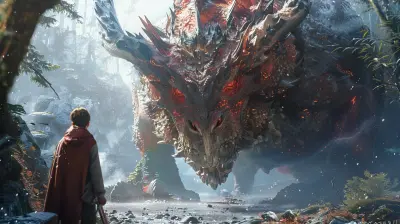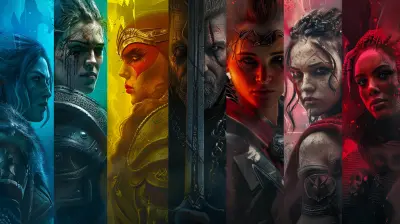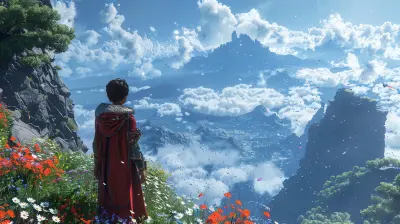Why World-Building Is Crucial in RPG Design
11 July 2025
Ever sat down to play an RPG and thought, “Whoa… I want to live in this world”? That’s world-building magic in action. It's that glorious chunk of game design that fuels your imagination, making you feel like you're diving headfirst into an entirely new universe. Whether you're slaying dragons, navigating treacherous space stations, or surviving a zombie apocalypse, world-building is the glue that holds it all together.
But here’s the kicker—world-building isn’t just about fancy maps or ancient-sounding names. It’s the soul of your game.
In this article, we’re going to chat about why world-building is absolutely essential in RPG design, how it shapes gameplay, and why both devs and players lose themselves in these fantastical (or horrifyingly real) realms.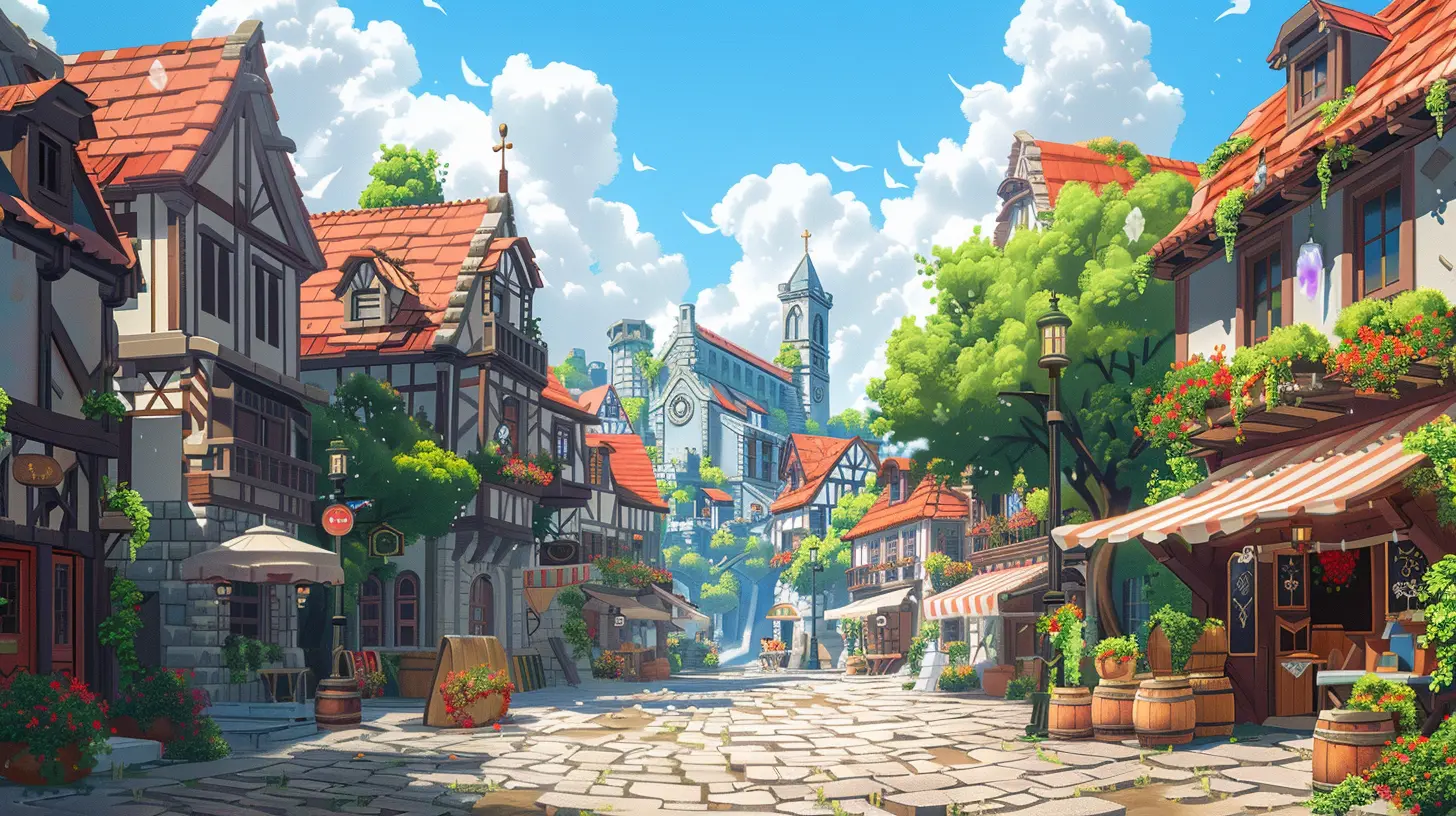
Table of Contents
- What Is World-Building in RPGs Anyway?- The Heart of Immersion: Pulling Players into the World
- Creating Emotional Connections
- Gameplay Mechanics That Make Sense
- Consistency Is Key (And Why It Matters)
- Storytelling That Hits Different
- World-Building As a Replayability Engine
- Inspiring Player Creativity
- Tips for Building Memorable Worlds
- Final Thoughts: Build It, and They Will Play
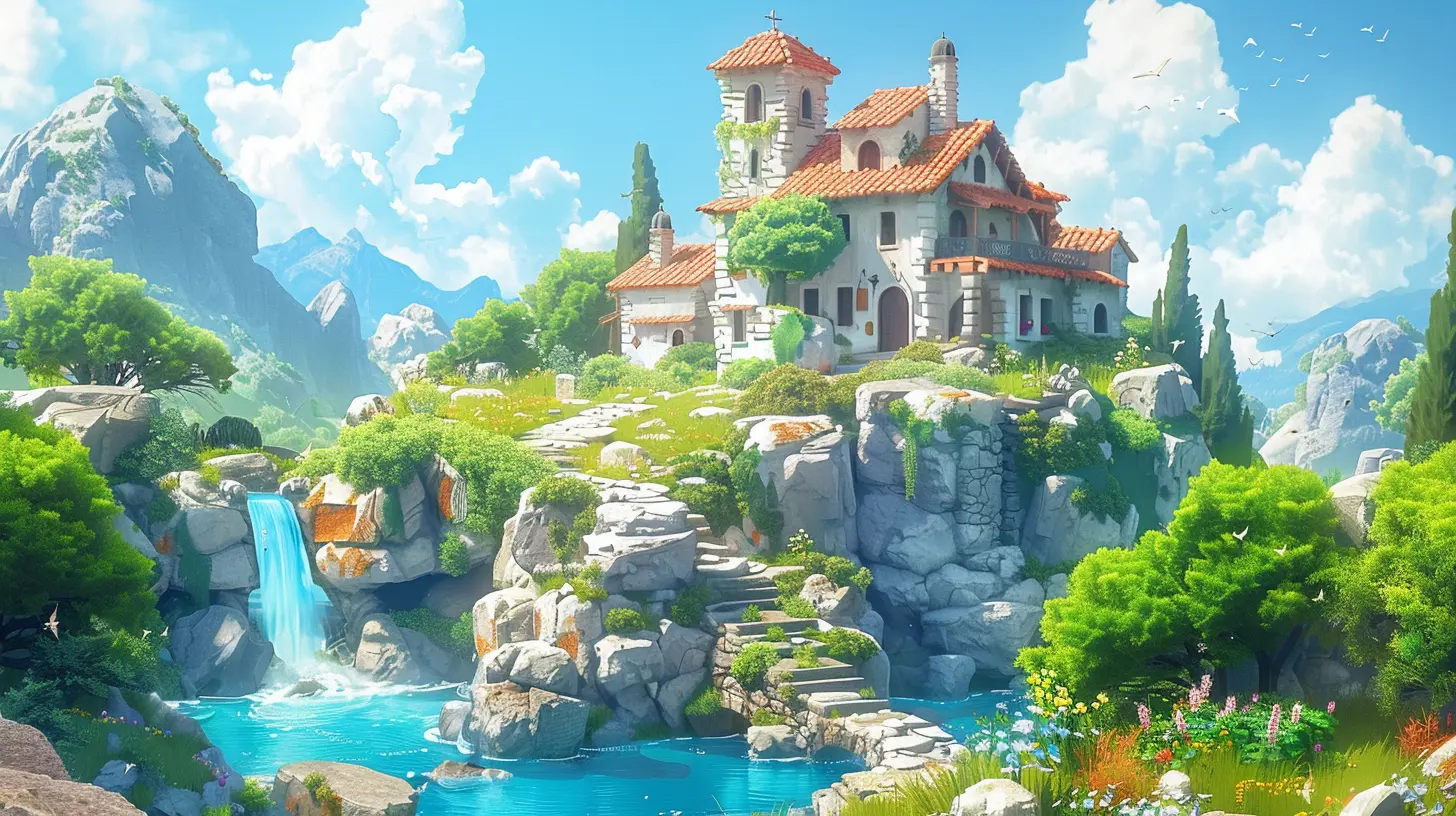
What Is World-Building in RPGs Anyway?
Let’s break it down.World-building is the craft of constructing a living, breathing universe for your game. It's not just about geography and lore (though both are super important). It’s about the culture, economy, magic systems, politics, religions, languages—heck, even the food—of your game world.
Imagine it like this: if your RPG were a tree, then world-building wouldn't just be the leaves or branches—it would be the soil, the roots, the rain, and the climate. Everything the game grows from.
Done right, it creates a sense of place so rich and real, players forget they're holding a controller.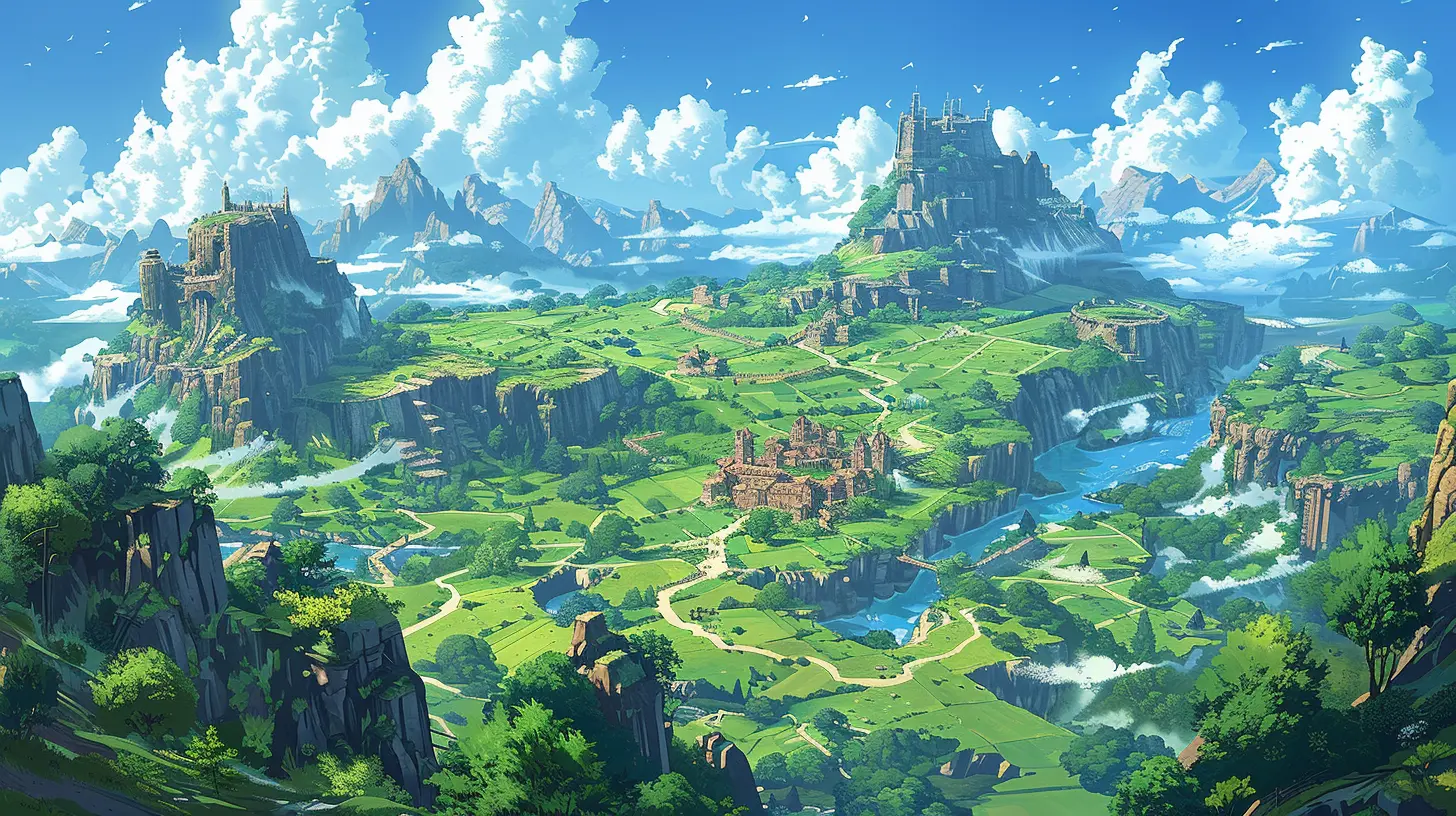
The Heart of Immersion: Pulling Players into the World
Let’s be real—players don’t just want to “play a game.” They want to live an adventure.And this is where world-building really shines. Immersion is that magical moment when the outside world fades away, and you’re all-in. Your heart’s racing, your mind’s picturing every scene, and you’re emotionally invested in the outcome.
Well-built worlds make immersion effortless. The terrain tells a story. The cities feel lived in. The people? They have dreams, fears, and backstories—just like real folks do.
Take The Elder Scrolls or The Witcher. You don’t just play; you exist in those landscapes. It's that deep, consistent, and detailed world-building that lets you mentally teleport, without a single loading screen.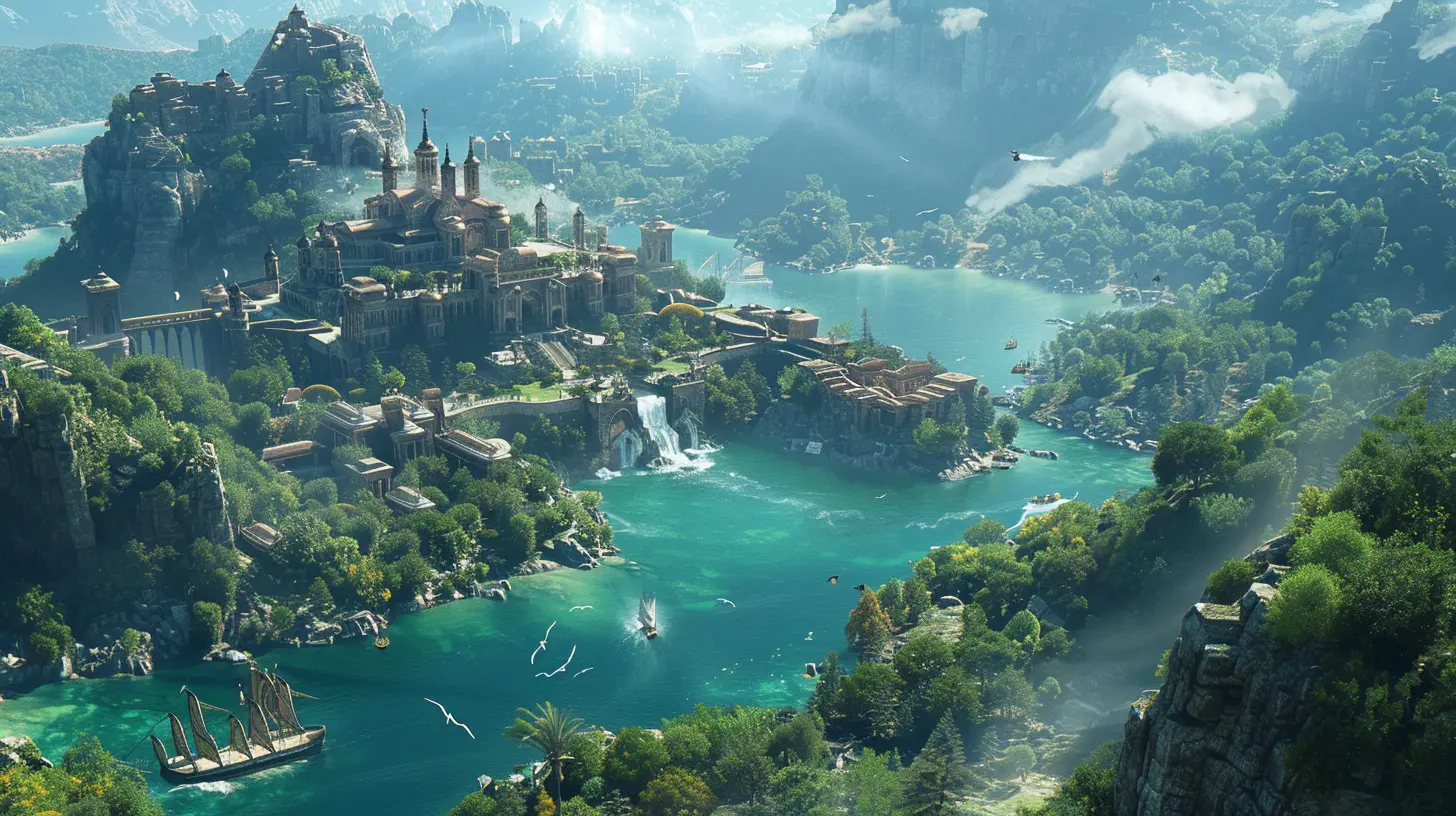
Creating Emotional Connections
Think back to your favorite RPGs.Why do we care if our party members die? Why does it hit so hard when a beloved NPC betrays us?
Because good world-building builds emotional stakes. It gives weight to the choices you make and the relationships you form. You don’t just want to win—you want to protect, to explore, to understand.
When the world has meaning, your decisions carry emotional gravity. Suddenly, saving that village isn’t just a quest—it’s a duty. These worlds house stories that players genuinely care about because they feel like they’re part of them.
Gameplay Mechanics That Make Sense
Here’s something many overlook: great world-building makes your game mechanics feel natural.Let’s say you’re playing in a world ruled by five elemental gods. That’s not just flavor text—that context can shape what kind of magic’s available, who wields it, and how it interacts with the environment.
When mechanics and lore are woven together, everything just clicks. Players won’t question why healing magic is forbidden in certain regions—it makes sense in that world’s rules.
In other words, world-building makes your systems smarter and storytelling smoother. It keeps players in the zone instead of scratching their heads thinking, “Wait, why can’t I just teleport outta here?”
Consistency Is Key (And Why It Matters)
Here’s a quick tip: inconsistency is an immersion killer.Ever been into a game where the world says one thing, but the game does something else? Maybe the lore says magic is rare, but every merchant sells enchanted boots like they’re pancakes.
That’s a red flag.
A well-built world honors its own rules. Consistency strengthens believability. And when everything—from characters to conflicts—feels aligned with the world’s logic, players trust the experience more.
You don’t have to be realistic, but you absolutely have to be believable.
Storytelling That Hits Different
Let’s face it—players have seen a lot. Dragons, starships, pandemics, post-apocalyptic wastelands... it’s been done.But strong world-building can make even familiar stories feel fresh. Why? Because the context is different.
It's not about re-inventing the wheel—it’s about painting it with a new brush.
Storylines resonate more when they’re rooted in a world with history and purpose. A rebellion plot in a dystopian empire means more if players understand why the tyranny exists in the first place.
When the setting is layered, your story naturally gains more depth.
And when story and world-building work hand-in-hand? That’s when players start writing fan fiction. That’s when your game sticks.
World-Building As a Replayability Engine
You know what's cooler than a game players beat once? A game they can’t stop playing.Great RPG worlds invite players back—again and again.
They’re like theme parks. You don’t ride everything the first time through. There’s always another attraction to check out. Hidden side quests. Lore books you didn’t read. Secret factions. Mysterious ruins you ignored the first time.
When your world has depth, it doesn’t just support the first playthrough—it elevates every future one.
Suddenly, choices matter in new ways. Players might try a different class, join a new guild, or just wander for the sake of discovering new corners of your creation. And that? That’s gold for retention.
Inspiring Player Creativity
Here’s a fun fact: RPG players are natural storytellers.Give them a blank slate, and they'll fill it with epic tales, backstories, and headcanons.
A rich world empowers them to do just that. When your game world feels real, players start dreaming up their own narratives within it. Think modding communities, roleplaying servers, or fan art splurges.
Games like Skyrim, Baldur’s Gate, or even Dungeons & Dragons explode with community content because their worlds invite it.
Your job as a designer is to plant the seeds. The players? They’ll grow their own gardens of story.
Tips for Building Memorable Worlds
Feeling pumped to build your own epic RPG world? Awesome! Here are some tips to get you rolling:1. Start With the Big Picture
Create your world’s core identity. Is it grim, hopeful, chaotic, mysterious? What are the big themes? Nail this down before the details.2. Develop Cultures, Not Clichés
Avoid lazy tropes. Don’t just say “desert people = nomadic warriors.” Dig deeper. What are their values? Traditions? How did the environment shape them?3. Think Like a Historian
No world pops into existence overnight. What wars were fought? What discoveries changed everything? A fictional past adds layers to your present.4. Make It Interactive
Build a world where players’ actions matter. Let them influence politics, shake up economies, or leave lasting marks. Agency is everything.5. Leave Room for Mystery
Not everything needs to be explained. Creating legends, myths, and unanswered questions keeps players curious—and coming back.6. Tie World-Building into Gameplay
If your world has harsh winters, maybe fire magic becomes more effective. If spirits roam the land, maybe certain weapons are blessed. Make lore affect the play.7. Get Feedback Early
Bring in testers or brainstorm with writers. A second pair of eyes can help you find holes in the logic or moments where something doesn’t feel right.Final Thoughts: Build It, and They Will Play
World-building in RPGs isn’t just a design checkbox—it’s the foundation of emotional engagement, immersive gameplay, and unforgettable memories. It's the difference between playing a character and becoming one.So if you're a developer, writer, DM, or just an RPG enthusiast dreaming up your next campaign—pour your soul into the setting. Build a world that breathes, a world that invites curiosity, and a world that players won’t want to leave.
Remember this: mechanics tell you how to play, but the world tells you why it matters.
Now go out there and start building something epic.
all images in this post were generated using AI tools
Category:
Video Game DesignAuthor:

Francesca West
Discussion
rate this article
1 comments
Onyx Morales
Absolutely love how world-building enhances the RPG experience! So inspiring!
July 16, 2025 at 3:00 AM

Francesca West
Thank you! I'm glad you found the article inspiring—world-building truly enriches the RPG experience!
